Miao silver jewelry
2023-02-17
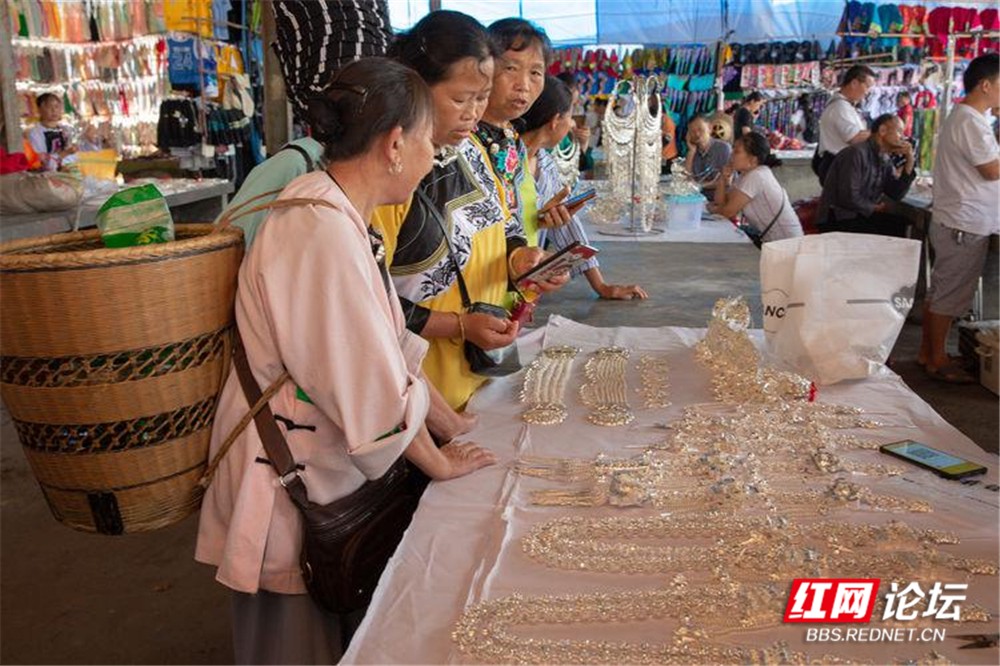
Large size for beauty. The height of silver horn ornament is almost half of that of the wearer.
Heavy weight for beauty. The Miao girls always wear silver jewelry ranging from 3.5 to 4 kilograms to 10 to 15 kilograms when they get married, and the headwear pieces in the shape of dragonflies and butterflies clatter constantly.
Large quantity for beauty. On major festivals, women often wear three or four earrings that dangle to the shoulders, several collars on necks and foreheads as well ass ornaments on abdomens and waists. At present, the Miao girls still love silver ornaments with large size, heavy weight and great quantity.
Heavy weight for beauty. The Miao girls always wear silver jewelry ranging from 3.5 to 4 kilograms to 10 to 15 kilograms when they get married, and the headwear pieces in the shape of dragonflies and butterflies clatter constantly.
Large quantity for beauty. On major festivals, women often wear three or four earrings that dangle to the shoulders, several collars on necks and foreheads as well ass ornaments on abdomens and waists. At present, the Miao girls still love silver ornaments with large size, heavy weight and great quantity.

Migration is an important part of the history of the Miao ethnic group, and the former migration process plays a significant role in aspects like cultural inheritance, customs and living environment. Since written word is unavailable in the Miao ethnic group, the Miao history is reflected in silver ornaments, embroidery and batik. The influence of the migration history on silver ornaments can be shown in the prosperity and patterns of the Miao silver ornaments and the origins of silver designs and craftsmanship between the Miao ethnic group and Han nationality. According to literature, the Miao ethnic group has undergone five great migrations.
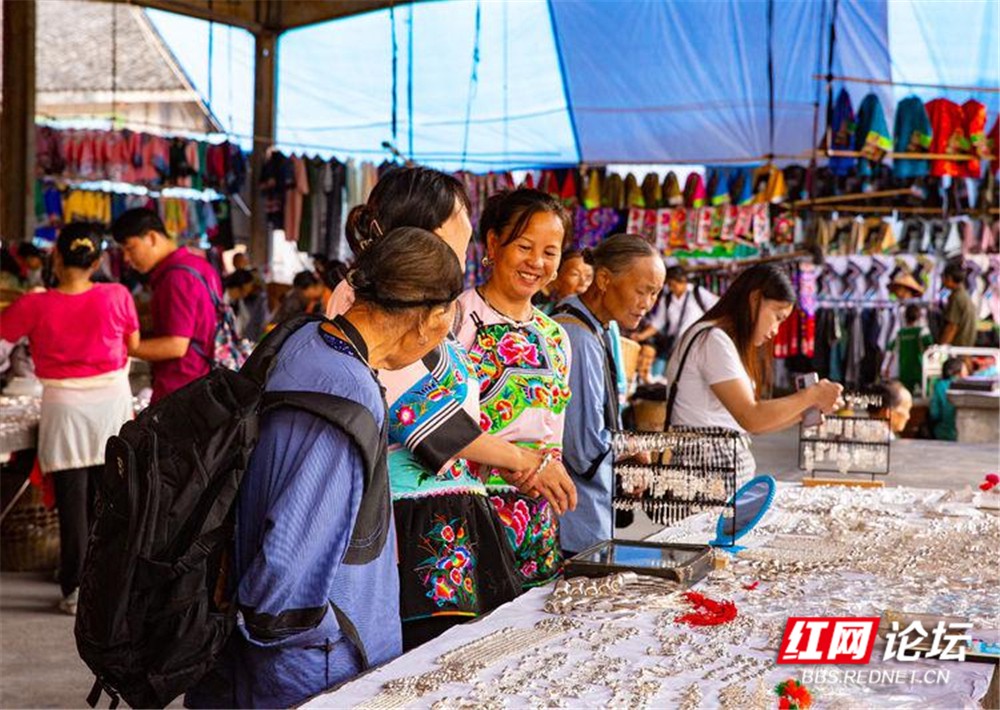
The migration history has created the culture of the Miao silver jewelry. As the ancestors of the Miao people migrated, joined battles and drifted all the year round, they took all property along and used money as decoration to preserve wealth. Currently, most of the Miao people in Xiangxi rely on farming to support family and no longer live in a state of wandering. However, based on customs and the belief behind them, the Miao people still take wealth along as ornaments. Given the fact that the belief of the Miao people is derived from life reality, it is the best choice to put property on costumes that are related to religious customs.
The migration history can be found in the shape of the Miao silver jewelry. There are diverse designs and patterns in the Miao silver ornaments, among which the decorative patterns boast distinctive Miao characteristics in particular with unique national symbols like butterflies, dragonflies, bubbles and maples. In addition, some unique images of the decorative patterns indicate the Miao people’s worship of nature and belief in animism, including the centipede dragon, bull-headed dragon, chicken-headed dragon, silkworm dragon and kylin dragon. The Miao silver jewelry has been inherited from generation to generation in oral form, and the long migration process and wars have left an indelible imprint on the life of the Miao ethnic group. Looking back on the migration history, the Miao people keep the difficulties and dangers conquered by their ancestors in mind and admire their bravery and tenacity. Therefore, the long-time wars and migration cultures can be reflected in the Miao silver ornaments.
The migration history can be found in the shape of the Miao silver jewelry. There are diverse designs and patterns in the Miao silver ornaments, among which the decorative patterns boast distinctive Miao characteristics in particular with unique national symbols like butterflies, dragonflies, bubbles and maples. In addition, some unique images of the decorative patterns indicate the Miao people’s worship of nature and belief in animism, including the centipede dragon, bull-headed dragon, chicken-headed dragon, silkworm dragon and kylin dragon. The Miao silver jewelry has been inherited from generation to generation in oral form, and the long migration process and wars have left an indelible imprint on the life of the Miao ethnic group. Looking back on the migration history, the Miao people keep the difficulties and dangers conquered by their ancestors in mind and admire their bravery and tenacity. Therefore, the long-time wars and migration cultures can be reflected in the Miao silver ornaments.
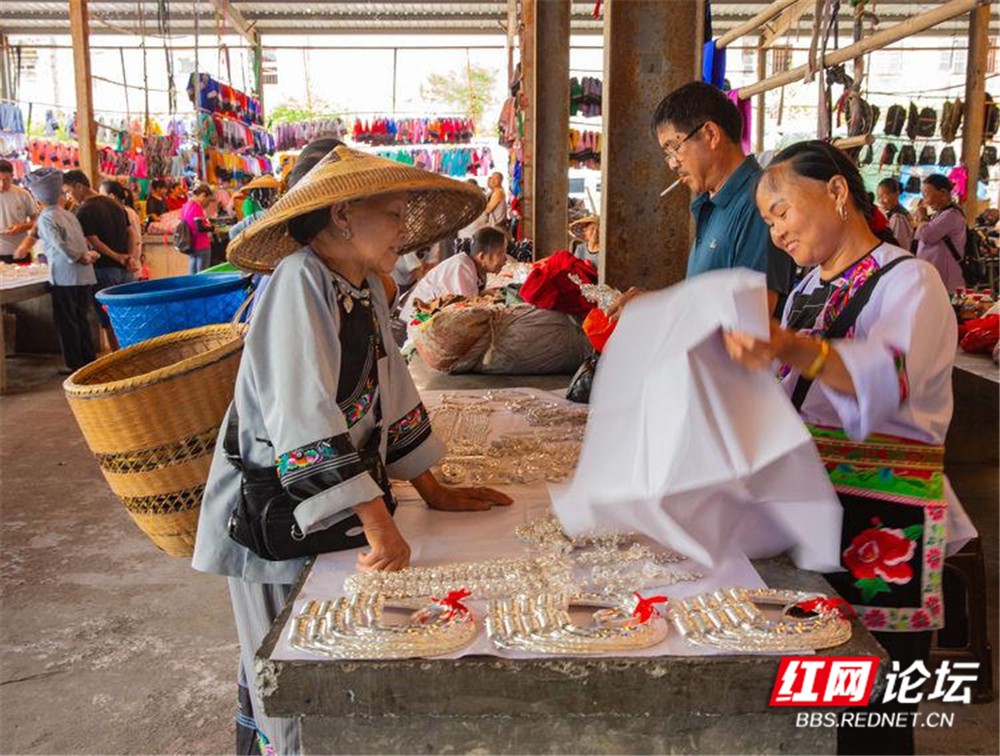
The migration history combines the commonalities between the silver ornaments of the Miao ethnic group and Han nationality in terms of the shape and craftsmanship. Comparing distinctive silver clothing pieces of the Miao silver ornaments with chisel carving of the ancient Han nationality, one can find there are many similarities in craftsmanship and patterns, indicating the connection between the Miao culture and the Han culture in migration. The silver jewelry culture of the Miao people boasts its own characteristics and the commonalties of other ethnic groups given the frequent wars, migrations and extensive cultural exchanges. From the Song Dynasty to today, most of the Miao people have lived in a relatively closed environment and retained intact ancient customs and culture forms. For example, the centipede dragon is characteristic and cannot be found in the Han nationality, though its pattern and craftmanship are similar to those of the Han nationality. When studying the culture and craftmanship of the Miao ethnic group, one should take the background of traditional Chinese ornaments into consideration, so as to observe the unique features and commonalities with traditional Chinese ornaments.
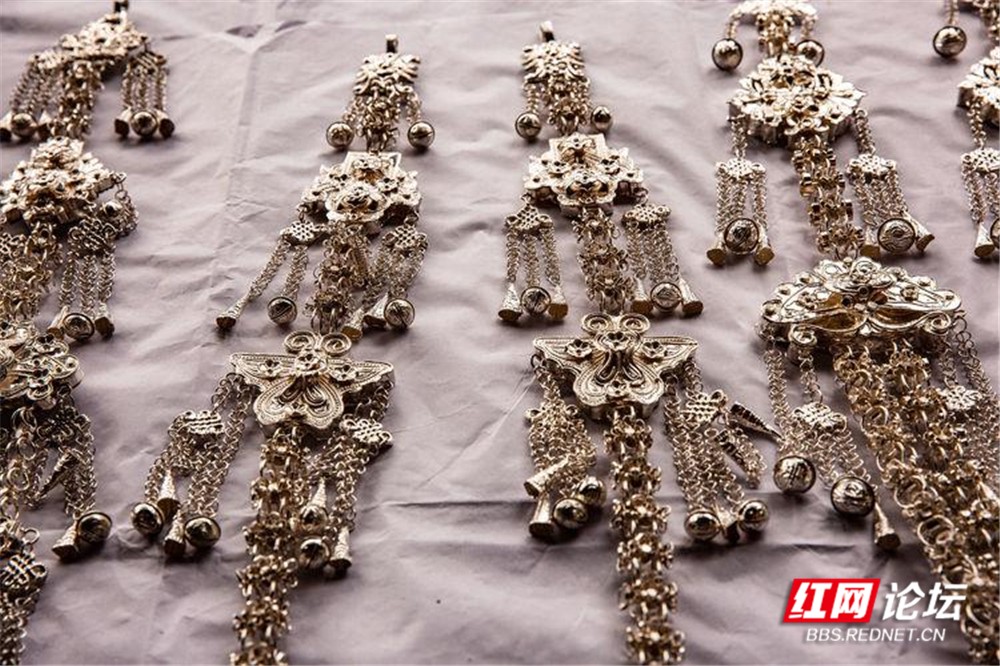
Silver ornaments serve as the traditional decorations for the Miao women, including silver hats, collars, bracelets, earrings, rings, silver chains, silver buttons and silver cloaks. There are many silversmiths considering the Miao people’s demand for silver jewelry. The traditional raw materials of silver ornaments are mainly silvery money like silver coins and silver ingots. The silver jewelry forging technique mainly relies on manual work, and the seven major procedures are casting, hammering, drawing, rolling, pinching, inlaying and cleaning. All kinds of patterns forged by silversmiths are made by hand without any molds. The silver jewelry made by Ma Maoting, an inheritor of Xiangxi national intangible culture heritage, is widely popular among the Miao people for the novel designs and exquisite skills.
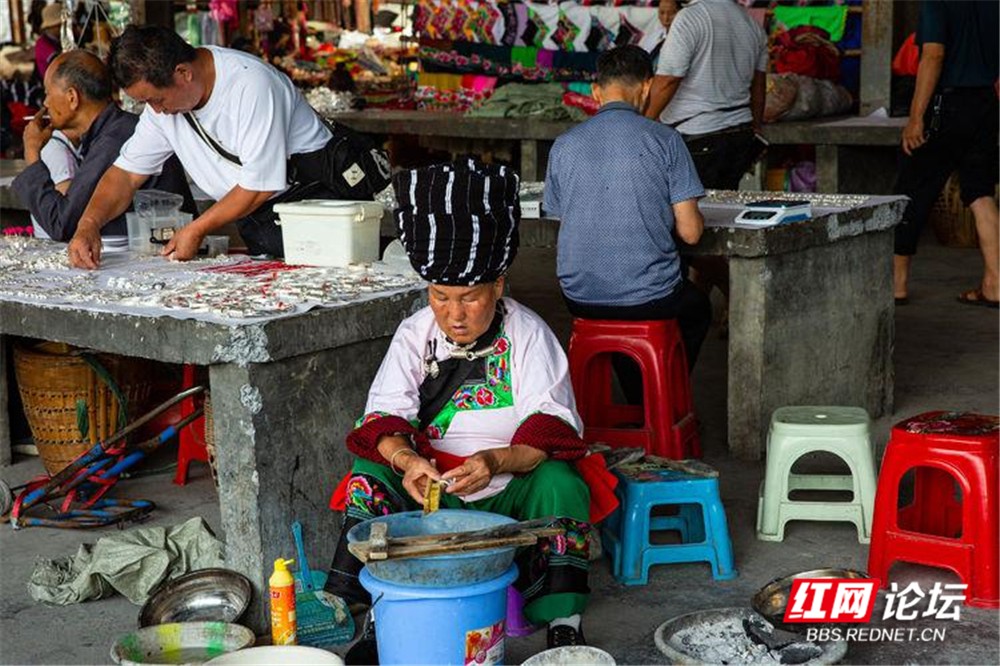
On May 20, 2006, the Miao silver jewelry was included in the first batch of national intangible cultural heritage by the State Council. It is not only an important carrier of the unique cultural aesthetic taste, inheritance of value and national feelings of the Miao ethnic group, but also the emblem of the Miao people’s social and historical memory. The silver ornaments are essential to the Miao ethnic group, representing the strength and eternity that come from their ancestors and bless the Miao people to create peerless pieces of silver jewelry.


